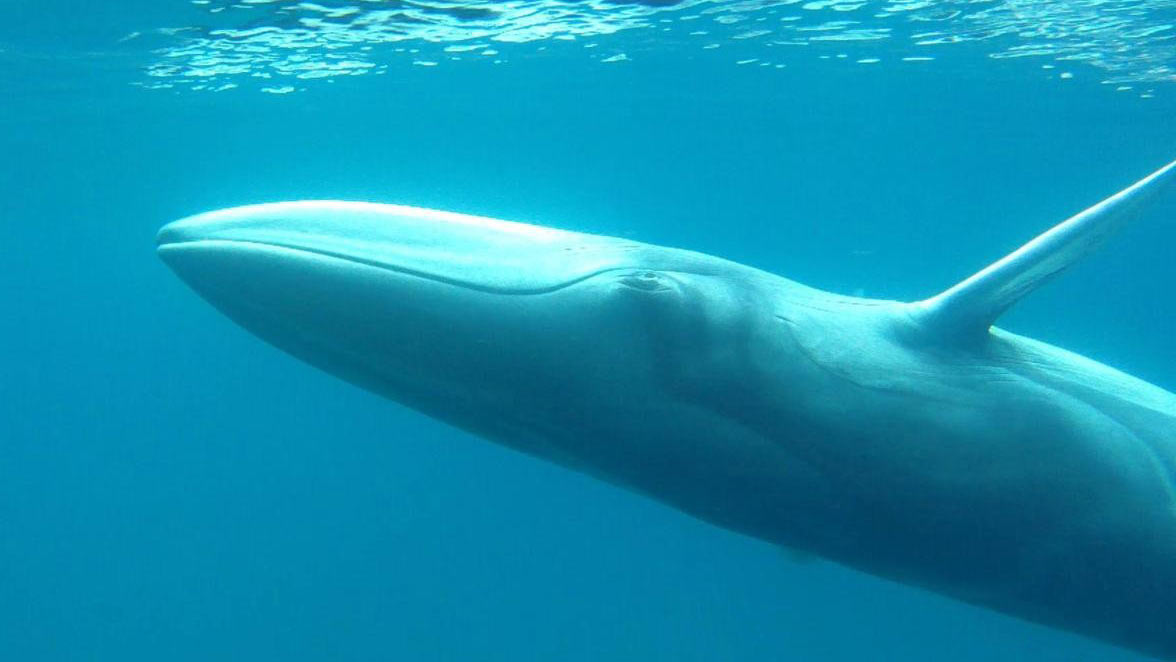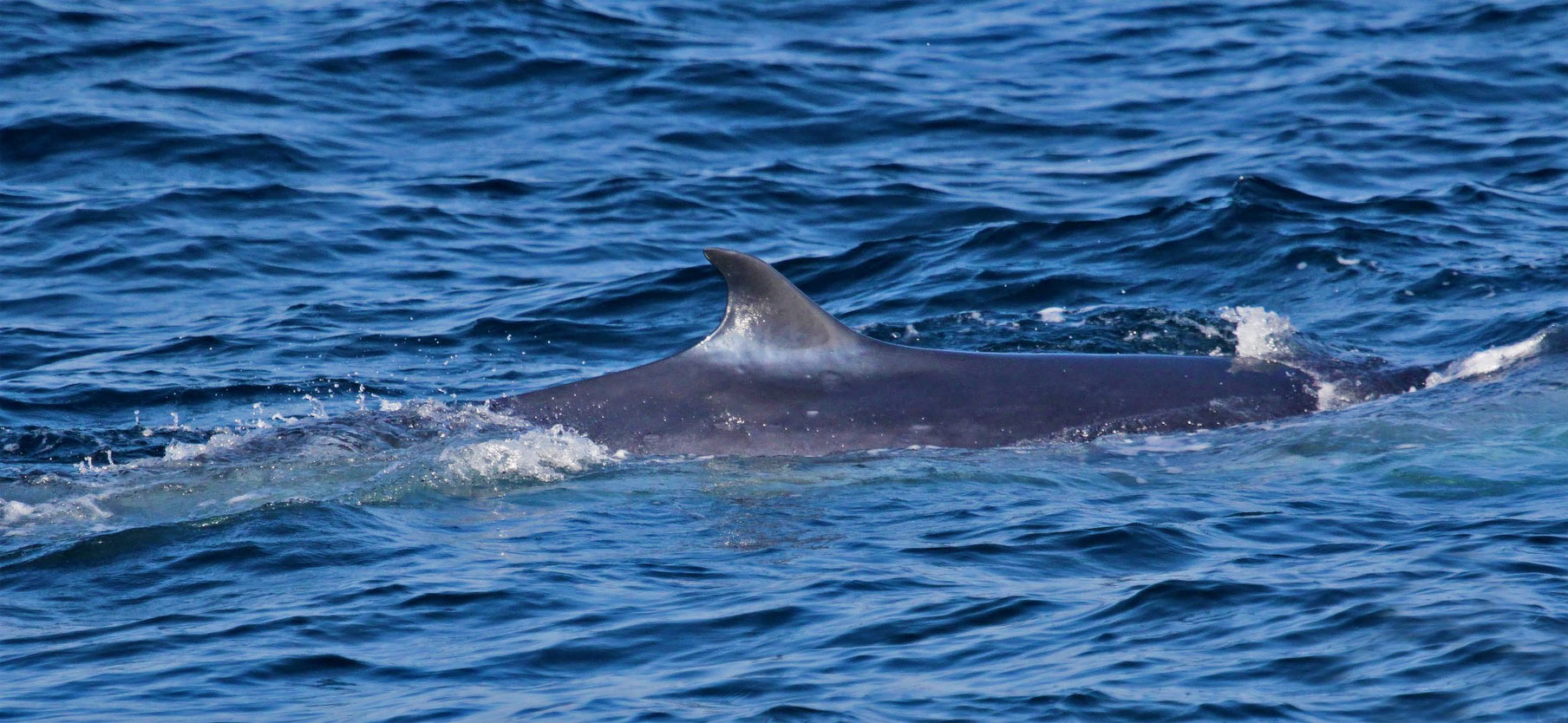Accidentally running into a whole new species of whale on the job? For marine biologist, conservationist and educator Asha de Vos, who’s a specialist in Sri Lankan blue whales, it’s all in a day’s work. She tells us more about her latest discovery—an Omura’s whale just off the shores of Sri Lanka, in the Northern Indian Ocean—and why this finding is significant.
What’s special about this species of whale?
Omura’s whale (Balaenoptera omurai) was only described as its own whale species in Japan in 2003. That’s just 14 years ago — amazing, considering that they grow to 33 feet and aren’t exactly microscopic! They have a distinctively long, narrow body and asymmetrical markings. Before 2003, this species was spotted in the South Atlantic, Eastern Pacific, and Eastern and Western Indian Oceans, plus one sighting of a dead stranded specimen in Iran. But we still haven’t been able to answer basic questions, like what their range is, or how many there are.

Because of the sporadic sightings across the Indian Ocean, scientists believed that the Eastern and Western Indian Ocean populations were likely distinct, but our sighting, which took place in the Northern Indian Ocean, may change that. Any further details we have about this species come from research done on the resident population in Madagascar — but who knows whether they have different adaptations across their range?
Tell us the story of how you made this discovery.
Back in February 2017, I was doing routine field work with blue whales off the southern coast of Sri Lanka. To be honest, when whales approach our boats, we see little of them, particularly because most keep a low profile — unlike the more showy humpbacks. That’s why it’s often difficult to register their characteristic features at a glance. However, my non-profit Oceanswell, which is home to The Sri Lankan Blue Whale project, maintains photo-identification catalogues for all whale species in our waters. So when we stopped our boat and this unusual looking whale approached us and started circling, I began taking photographs.
This individual whale was very relaxed, so I was able to take plenty of photos of the whale’s characteristic features. As soon as we got back to our field house, my students started to sort through the photographs, as they would on any day. That’s when we began to realise that what we’d seen was quite different to anything we had ever seen before. Its unusual markings — like the asymmetrical colouring (its right side lower jaw is light, while on the left it’s dark) and its chevron marking — were very clear. I promptly sent off a few of the images to a couple of my colleagues who are familiar with this species — Dr Robert Brownell and Dr Salvatore Cerchio — and they confirmed that we had indeed found an Omura’s whale.
What interesting facts should we know about this particular whale?
This individual had an entanglement scar on its upper left jaw, which tells us that entanglement in fishing nets is clearly a problem for this species, and something we need to address. Also, we spotted a tyre-like marking on the left side of this individual. Based on sightings in Madagascar, this is thought to be a remora attachment point. (Remora are suckerfish that attach themselves to host animals like whales and sharks.) Funnily, even though we see remoras hitching rides on blue whales in Sri Lankan waters, we don’t see similar markings on blue whales. We think this is because of the difference in the physical characteristics of the dermis.
What is the significance of this species in this area? And how can we have missed it before? It seems kind of hard to lose a whale!
This sighting is significant because it is the first time we have documented Omura’s whales within Sri Lankan waters. Not only does that add another whale species to our already pretty diverse list, but it also shows us that our oceans are teeming with life, and we know next to nothing about them. I saw this whale just 7 kilometers offshore — an area populated by fishermen and the whale watching industry. So if we can overlook a species that is so big and obvious and moving close to humans, imagine what else we might be missing out on?
Seventy percent of our planet is ocean, but we have only explored less than 5 percent of this space. The discovery of this whale in Sri Lanka’s waters just serves as a reminder that we live in an incredible world where exploration and discovery is still possible. The more we know, the more we can care and protect!
Source:
TED Fellows
Footnote:
Contact Seal Superyachts Sri Lanka for detailed information about cruising around Sri Lanka, superyacht charter regulations and about how we can support your visit.
Principle agent Upali Gooneratne is proud to have worked with many of the World’s largest Superyachts and has extensive knowledge of Sri Lanka and the surrounding area.
Upali Gooneratne
Phone: +94 77 244 3016
Email: upali@seal-superyachts.com
